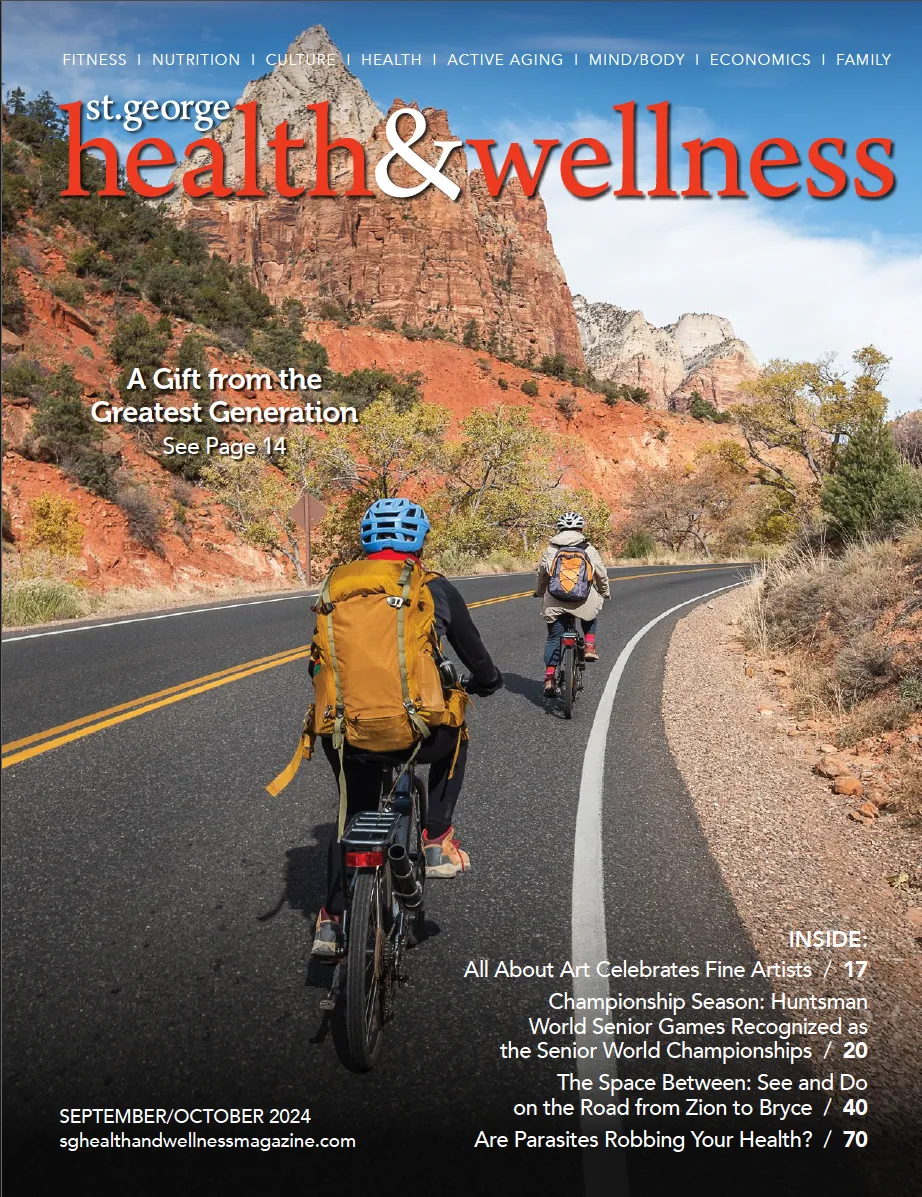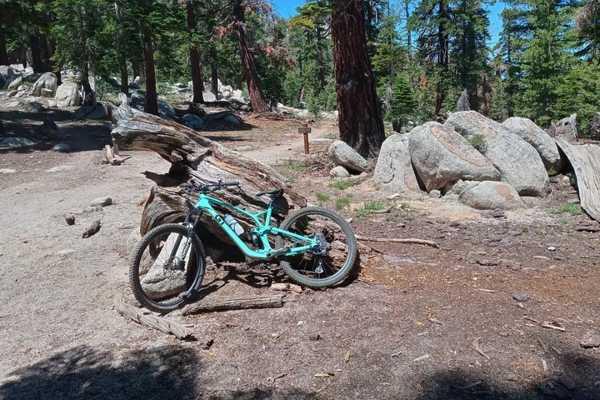

CURRENT ISSUE

View Articles By Topic


The Good Old Days?
I’m rocketing down twisting singletrack through pine trees, some wider than I am tall, needles brushing the ends of my handlebars. I’m hoping to keep from going too deep into those needles through the turns, knowing full well that hand-grabbing branches hide within—a situation that can lead to an instantly unfriendly meeting with bark or the ground. Although the danger persists, I keep smiling—if not on my face then in my mind—knowing this is why I came to Downieville, California: to “taste” the trees and savor the slithering descents off Sierra Buttes.
I turn off the singletrack and onto a “dirt” road. It’s a big ask to call this a road: the dirt is sparse amongst the litter of rocks. This section is called Baby Heads. It's a graphic yet apt name for what I’m riding through. The rocks are roughly the size and shape of a toddler's noggin. And there are a lot of them. They’re not cemented in place like cobbles. These move under your tires often, making holding a clean line through them very difficult. Baby Heads can be frustrating and even scary, but this time they bring some amazement—amazement at how good my bike is working and how it is saving me from my own faults as I ping pong around this lumpy, rolly rock garden.
I think back several decades to the beginning of my mountain biking “career.” I had sold my beloved dirt bike to put an engine in a baja bug my brother and I were building. There was a loss of freedom with that sale, and the car wasn’t ready to play. It was then, out of desperation for two-wheeled fun, that I spied my mom’s old bike collecting dust in the corner of the garage. It was a mountain bike, a 1980s Schwinn High Sierra.
Fast forward to today and my current bike, a GT Sensor, which couldn’t be farther from the Schwinn. If you placed them side by side, you may not be able to perceive that they are both mountain bikes. It would be like parking a Model T next to a Ferrari!
Whereas the GT’s frame is built of space-aged, light-weight carbon fiber, the Schwinn was built of steel. Steel is still used and loved by many, but that was from the early days when it was much heavier.
The Schwinn had a three by seven drivetrain, meaning that three gears were up front on the crank and seven were on the back wheel. The GT? One up front and twelve out back—a much more reliable set up. The old three-bys were well-known for dropping chains in rough terrain like Baby Heads, but the one-bys are so good that I’ve put thousands of miles on them with only a couple of chain drops! (A side note: the Schwinn had friction shifters, meaning you would just push the lever until you found the gear you were looking for. The GT has indexed shifters—one click, one gear—almost perfect each time.)
Then there is the suspension. No matter how much wheel travel your bike has, your arms and legs are an important part of the equation. But on the Schwinn, they were all you had. No plush shock or fork, just the springs in your appendages. The GT has some beautiful, top-of-the-line, Baby Head-eating shocks that contribute to a rider's control and confidence.
These examples are only part of the equation, and if by chance, you’re still riding a High Sierra or the like, more power to you! I would love to have mine back. However, I would not like to ride it through Baby Heads; I'll take my space-aged, super bike, thank you very much.
